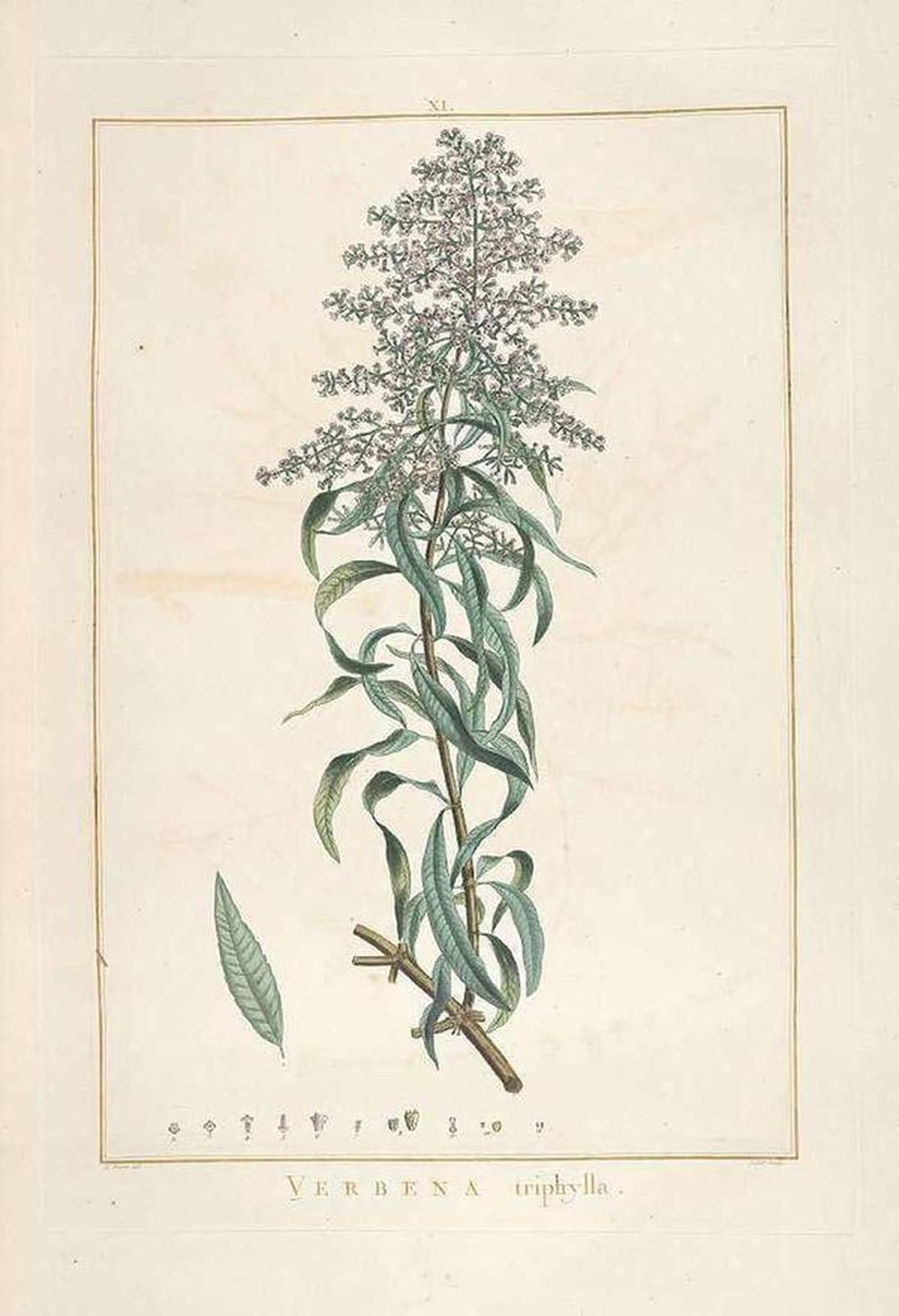Aloysia citriodora Palau
VerbenaceaeAl principio, en las dos o tres primeras décadas que siguen al año de 1492, la introducción de las plantas americanas se debió a la curiosidad de marinos como el propio Cristóbal Colón y su hijo Hernando, así como a religiosos de diversas órdenes que recordaban los huertos de sus conventos de origen y recogían ejemplares y semillas por su posible interés culinario, pero también ornamental o farmacológico. Al momento, en el mismo siglo XVI, ciertos eruditos, médicos sobre todo, comenzaron a plantar en Sevilla estas nuevas especies y a escribir sobre ellas para dar a conocer sus propiedades. La monarquía rápidamente se percató de las posibilidades incluso comerciales que estos recursos naturales podían tener y se apresuró por centralizar el comercio de plantas del Nuevo Mundo. La hierbaluisa fue una de tantas planta americanas introducida en Europa por los españoles desde América, ésta ya en el siglo XVII, a través de los diversos jardines de aclimatación de la monarquía. En el siglo XVIII, especialmente durante el reinado de Carlos III, la corona española financió expediciones con fines no solo mercantilistas sino con un marcado carácter científico. Esta iniciativa ilustrada de la monarquía puso en contacto a los naturalistas españoles con la vanguardia científica del momento. A mediados de este siglo, el naturalista del Real Jardín Botánico de Madrid, Antonio Palau y Verdera (1734-1793) destacó por ser uno de los que impulsaron la instauración en España del método clasificatorio de Linneo, definitivo para la botánica europea y vigente en la actualidad. Antonio Palau es autor, además, de una de las primeras descripciones de la aloysia citrodora o hierbaluisa, planta que se caracteriza por su aroma similar al limón, de ahí el nombre citrodora, que huele a cítrico.
Procedencia
AmericanoCalendario
Hábitat
Morfología
 Planta
Planta
 Pendular
Pendular
 Simple
Simple
 Lanceolada
Lanceolada
 Opuesta
Opuesta
 Dentado
Dentado
 Entero
Entero
 Cuneada
Cuneada
 Agudo
Agudo
 Caduco
Caduco
